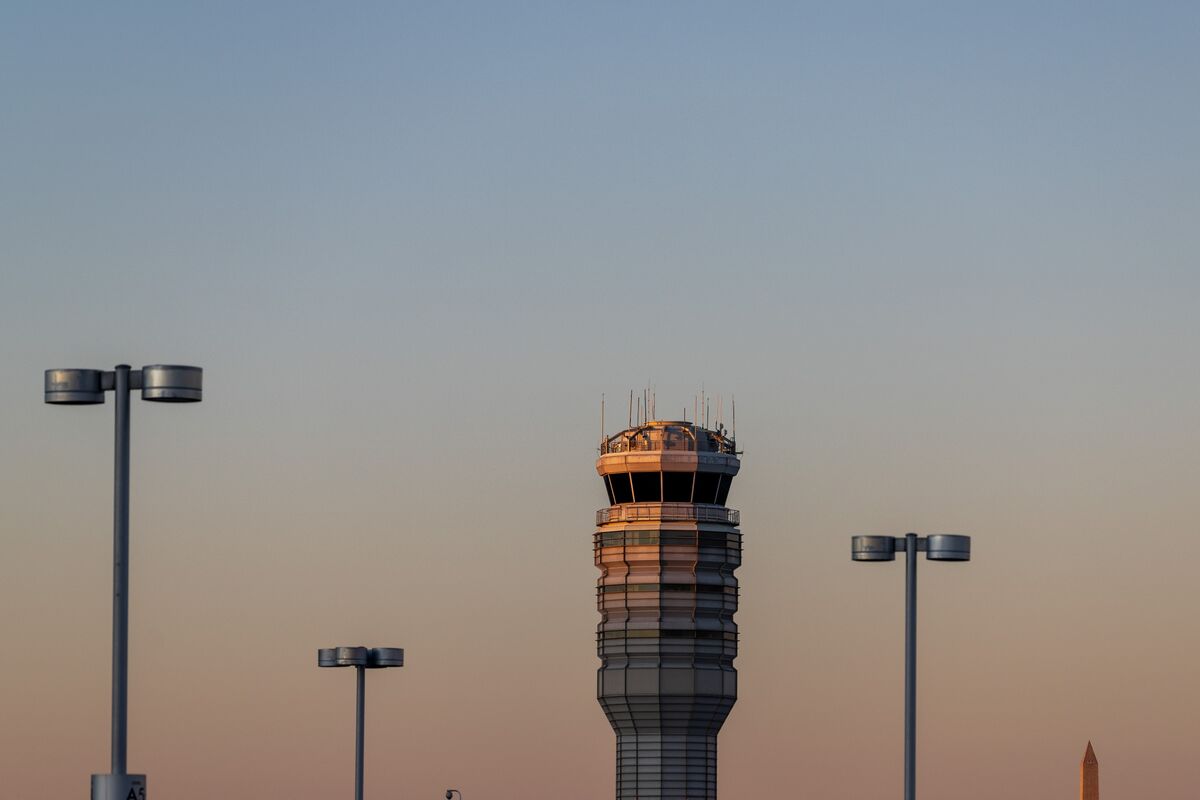$15 Billion Plan to Fix US Air Traffic Control: A Modernization Overhaul
The United States is embarking on a massive modernization of its air traffic control system, a $15 billion plan aimed at alleviating chronic delays, improving safety, and boosting efficiency. This ambitious project, years in the making, promises a significant upgrade to a system long criticized for its outdated technology and bureaucratic inefficiencies. But will it deliver on its promises?
The Current State of US Air Traffic Control
For years, the Federal Aviation Administration (FAA) has grappled with a system struggling to keep pace with the demands of modern air travel. Outdated technology, a complex organizational structure, and a lack of sufficient investment have resulted in:
- Significant flight delays: Passengers routinely experience frustrating delays due to air traffic congestion and inefficiencies.
- Safety concerns: While the US maintains a high safety record, the aging infrastructure raises concerns about potential vulnerabilities.
- Economic impact: Delays translate to billions of dollars in lost productivity and increased costs for airlines and passengers.
The proposed $15 billion plan represents a significant commitment to addressing these issues.
Key Components of the Modernization Plan
The modernization plan encompasses a wide range of improvements, including:
- Next Generation Air Transportation System (NextGen): This ongoing initiative focuses on transitioning from ground-based radar to satellite-based navigation, allowing for more precise flight tracking and optimized routes. This promises to reduce fuel consumption and emissions.
- Improved communication systems: The plan includes upgrades to communication systems to ensure seamless data exchange between air traffic controllers and pilots.
- Enhanced data analytics: Leveraging big data and AI, the FAA aims to improve predictive capabilities, enabling more efficient traffic management and proactive mitigation of potential problems.
- Cybersecurity enhancements: With increased reliance on technology, robust cybersecurity measures are crucial to safeguarding the system from potential threats.
- Investing in Air Traffic Control infrastructure: This includes upgrades to radar systems, communication towers, and other crucial infrastructure components.
Challenges and Potential Roadblocks
While the plan is ambitious, several challenges remain:
- Funding and budget allocation: Securing and effectively managing the $15 billion budget will be critical. Congress must ensure sufficient funding and oversight to prevent cost overruns and delays.
- Technological complexity: Implementing new technologies on a national scale is a complex undertaking, requiring careful planning and execution. Integration challenges and potential glitches need to be anticipated and addressed.
- Personnel training and adaptation: Air traffic controllers and other personnel will require extensive training to operate and maintain the new systems. This necessitates significant investment in workforce development.
- Political hurdles: The modernization effort faces the potential for political interference and bureaucratic delays, which could impact its success.
The Future of Air Travel in the US
The successful implementation of this $15 billion plan holds the potential to significantly improve the air travel experience in the United States. Reduced delays, enhanced safety, and improved efficiency would benefit airlines, passengers, and the economy as a whole. However, overcoming the challenges outlined above is crucial to ensuring the project's success and realizing its ambitious goals. The coming years will be critical in determining whether this massive investment delivers on its promise of a modernized, efficient, and safer air traffic control system.
Further Reading:
Call to Action: What are your thoughts on this ambitious plan? Share your opinions in the comments below!

